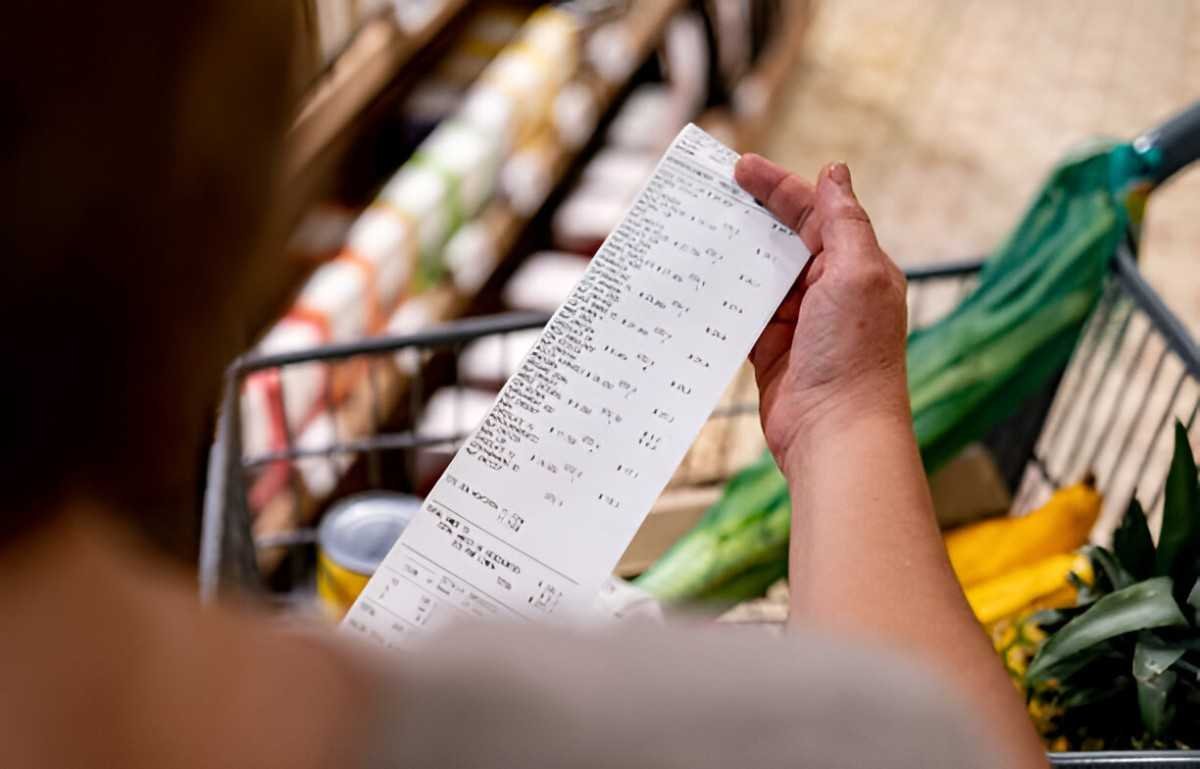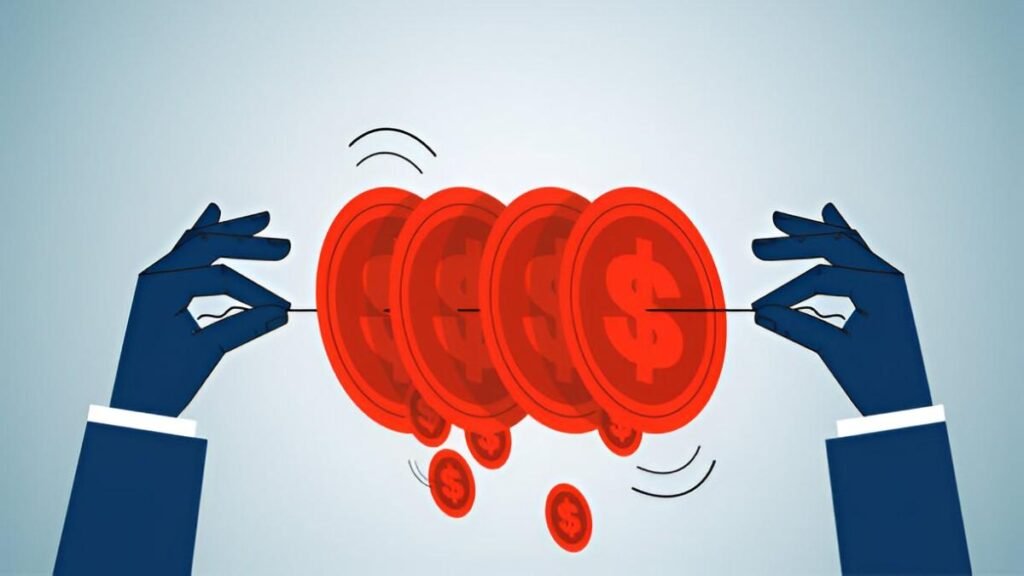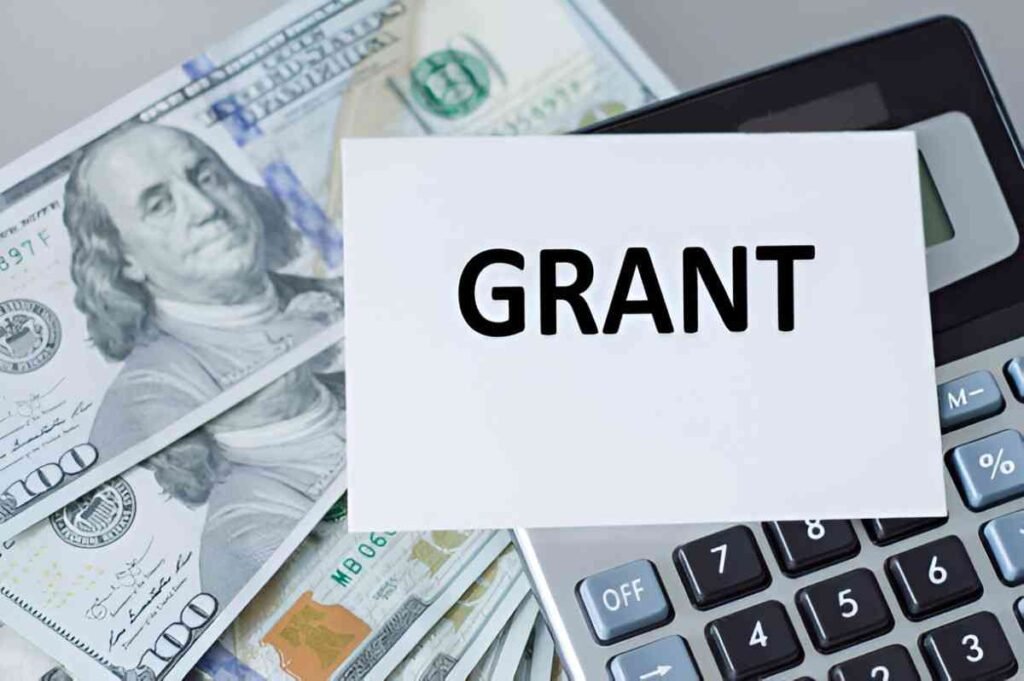Budgeting is the backbone of financial planning, and when it comes to managing purchases, it becomes even more critical. Whether you’re running a small business, managing household expenses, or overseeing a large corporation, mastering purchases budgeting can make or break your financial health. In this guide, I’ll walk you through everything you need to know about purchases budgeting, from the basics to advanced strategies. I’ll also provide practical examples, mathematical formulas, and actionable tips to help you gain confidence in this essential skill.
Table of Contents
What Is Purchases Budgeting?
Purchases budgeting is the process of estimating and planning the costs of goods or services you need to acquire over a specific period. It’s a subset of the overall budgeting process and is particularly important for businesses that rely on inventory, raw materials, or supplies. For individuals, it might involve planning for groceries, clothing, or other recurring expenses.
The goal of purchases budgeting is to ensure you have enough resources to meet your needs without overspending. It also helps you avoid cash flow problems, reduce waste, and make informed financial decisions.
Why Purchases Budgeting Matters
In the US, where consumer spending drives nearly 70% of the economy, effective purchases budgeting is crucial. For businesses, poor budgeting can lead to overstocking, stockouts, or financial strain. For individuals, it can result in debt or an inability to meet essential needs.
Consider this: if a small business owner fails to budget for inventory purchases accurately, they might run out of stock during peak seasons, losing customers to competitors. On the other hand, overestimating purchases can tie up cash in unsold inventory, affecting liquidity.
Key Components of a Purchases Budget
A well-structured purchases budget includes the following components:
- Forecasted Demand: Estimate how much of a product or service you’ll need.
- Cost per Unit: Determine the price of each unit you plan to purchase.
- Total Purchase Cost: Calculate the total cost based on the quantity and price.
- Timing of Purchases: Plan when to make purchases to align with cash flow and demand.
- Contingency Plans: Account for unexpected changes in prices or demand.
Let’s break these down further.
1. Forecasting Demand
Forecasting demand is the foundation of purchases budgeting. It involves predicting how much of a product or service you’ll need in the future. For businesses, this might involve analyzing historical sales data, market trends, and seasonal fluctuations. For individuals, it could mean tracking past spending patterns.
For example, if I run a retail store and notice that sales of winter coats peak in November and December, I’ll budget for higher purchases during those months.
2. Cost per Unit
The cost per unit is the price you pay for each item or service. This can vary based on factors like bulk discounts, supplier negotiations, or market conditions.
For instance, if I’m buying office supplies in bulk, I might get a discount of 10%. If the regular price is $5 per unit, the discounted price would be:
5 \times (1 - 0.10) = 4.50So, each unit costs $4.50 instead of $5.
3. Total Purchase Cost
Once you know the cost per unit and the quantity needed, you can calculate the total purchase cost. The formula is:
\text{Total Purchase Cost} = \text{Quantity} \times \text{Cost per Unit}For example, if I need 100 units at $4.50 each, the total cost would be:
100 \times 4.50 = 450So, the total purchase cost is $450.
4. Timing of Purchases
Timing is critical in purchases budgeting. Buying too early can strain your cash flow, while buying too late can lead to stockouts.
For example, if I’m a restaurant owner and I know that the price of seafood rises in summer, I might budget for higher purchases in spring to lock in lower prices.
5. Contingency Plans
Unexpected events like price hikes, supply chain disruptions, or sudden demand spikes can derail your budget. A contingency plan helps you prepare for these scenarios.
For instance, if I’m budgeting for raw materials and there’s a risk of price increases, I might set aside 10% of my budget as a buffer.
Step-by-Step Guide to Creating a Purchases Budget
Now that we’ve covered the key components, let’s dive into the step-by-step process of creating a purchases budget.
Step 1: Gather Historical Data
Start by collecting data on past purchases, sales, and expenses. This will help you identify patterns and make accurate forecasts.
For example, if I’m budgeting for groceries, I’ll look at my spending over the past six months to estimate future needs.
Step 2: Forecast Future Needs
Use historical data and market trends to predict future demand. For businesses, this might involve sales forecasts or customer surveys. For individuals, it could mean estimating monthly expenses.
For instance, if I’m a retailer and my sales have grown by 5% each quarter, I’ll factor that into my demand forecast.
Step 3: Estimate Costs
Determine the cost per unit based on current prices, discounts, and negotiations. Don’t forget to account for taxes, shipping, and other fees.
For example, if I’m buying electronics and the supplier offers a 15% discount for orders over $1,000, I’ll factor that into my budget.
Step 4: Calculate Total Purchase Cost
Multiply the quantity needed by the cost per unit to get the total purchase cost.
For example, if I need 200 units at $10 each, the total cost would be:
200 \times 10 = 2000So, the total purchase cost is $2,000.
Step 5: Plan the Timing of Purchases
Align your purchases with your cash flow and demand patterns. For example, if I’m a retailer, I’ll budget for higher purchases before the holiday season.
Step 6: Build in Contingencies
Set aside a portion of your budget for unexpected expenses. A common practice is to allocate 5-10% of the total budget as a buffer.
For example, if my total purchase budget is $10,000, I might set aside $1,000 as a contingency.
Step 7: Monitor and Adjust
Regularly review your budget and make adjustments as needed. For example, if I notice that sales are higher than expected, I’ll increase my purchase budget accordingly.
Practical Examples
Let’s look at a few practical examples to illustrate the concepts.
Example 1: Retail Business
Suppose I own a retail store that sells clothing. Based on historical data, I expect to sell 500 units of a particular item next quarter. The cost per unit is $20, and the supplier offers a 10% discount for orders over $5,000.
First, I calculate the total purchase cost without the discount:
500 \times 20 = 10000Since the order exceeds $5,000, I qualify for the 10% discount. The discounted cost per unit is:
20 \times (1 - 0.10) = 18So, the total purchase cost with the discount is:
500 \times 18 = 9000By taking advantage of the discount, I save $1,000.
Example 2: Household Budget
Suppose I’m budgeting for groceries for a family of four. Based on past spending, I estimate that we’ll need $600 per month. However, I notice that prices tend to rise by 5% during the holiday season.
To account for this, I’ll increase my budget by 5% for November and December:
600 \times 1.05 = 630So, my grocery budget for those months would be $630 instead of $600.
Advanced Strategies for Purchases Budgeting
Once you’ve mastered the basics, you can explore advanced strategies to optimize your purchases budget.
1. Just-in-Time (JIT) Purchasing
JIT purchasing involves buying goods only when they’re needed, reducing inventory costs. This strategy is popular in manufacturing and retail.
For example, if I run a car repair shop, I might order parts only when a customer brings in their car, minimizing storage costs.
2. Bulk Purchasing
Buying in bulk can lower the cost per unit, but it requires careful planning to avoid overstocking.
For instance, if I’m a restaurant owner and I know that the price of rice will increase next month, I might buy a six-month supply now to lock in the lower price.
3. Supplier Negotiations
Building strong relationships with suppliers can lead to better prices, payment terms, and discounts.
For example, if I’m a frequent buyer, I might negotiate a 5% discount on all orders.
4. Technology Integration
Using budgeting software or inventory management systems can streamline the process and improve accuracy.
For instance, tools like QuickBooks or Excel can help me track purchases, forecast demand, and monitor expenses in real time.
Common Pitfalls to Avoid
Even with a solid plan, mistakes can happen. Here are some common pitfalls to watch out for:
- Overestimating Demand: Buying more than you need can lead to excess inventory and wasted resources.
- Underestimating Costs: Failing to account for taxes, shipping, or price increases can blow your budget.
- Ignoring Contingencies: Unexpected expenses can derail your budget if you don’t plan for them.
- Poor Timing: Buying too early or too late can affect cash flow and availability.
Conclusion
Mastering purchases budgeting is a skill that takes time and practice, but the rewards are well worth the effort. By understanding the key components, following a structured process, and using advanced strategies, you can make informed financial decisions that benefit your business or household.





